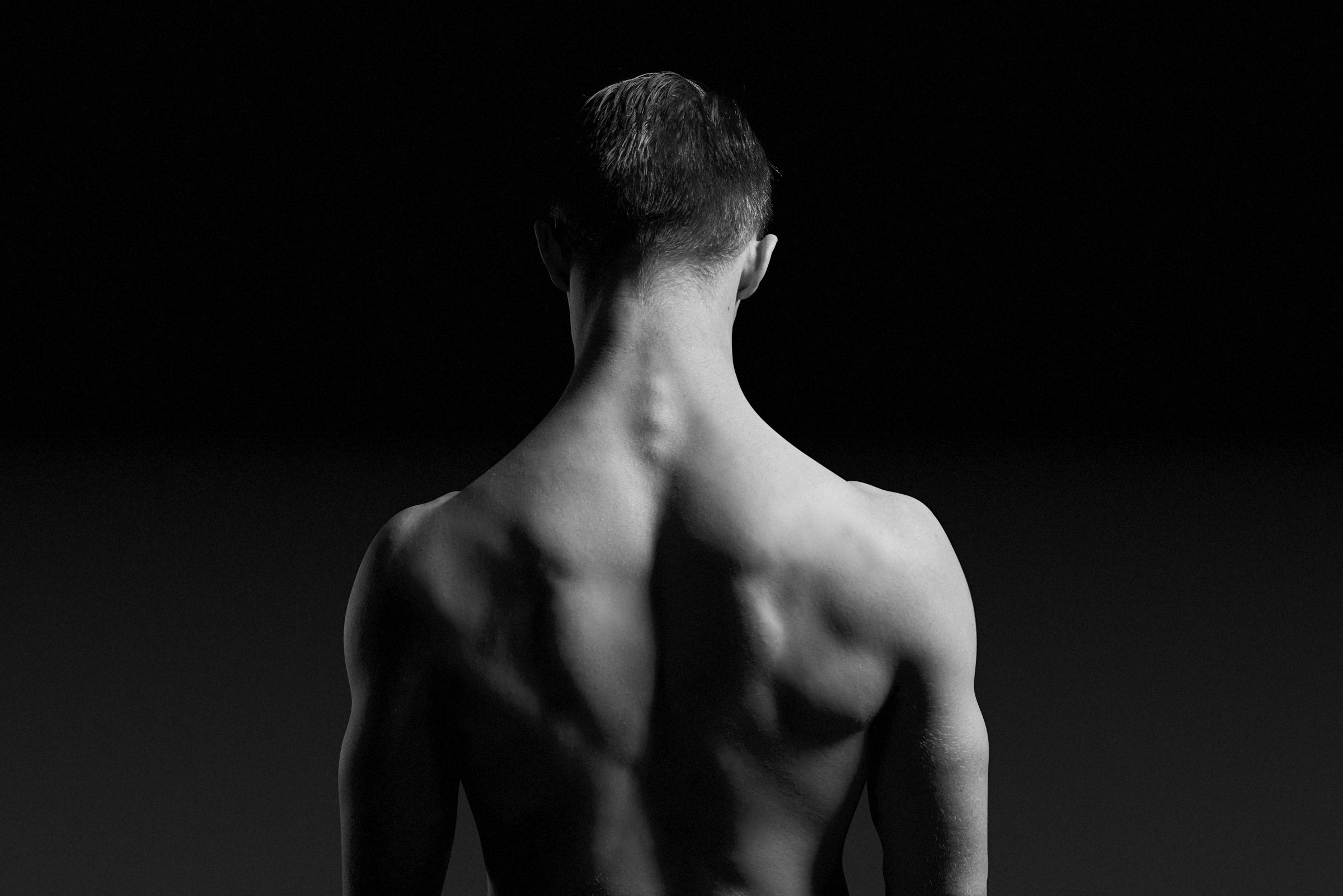Suite 3, Ground Floor, The Gateway,
312 St Kilda Road, Southbank, VIC, 3006
Chronic Pain

A Pain in the Brain
Pain is an output.
When we are injured or in danger the brain “uploads” signals. It combines this information with our past experiences (including emotions) and makes a decision whether or not we should “feel pain”. Pain’s purpose is to avoid further injury.
When you have an acute injury which causes tissue damage, the body:
– Responds with inflammatory chemicals
– Increases sensitivity of the nerves surrounding the tissue damage
– Lowers your body’s ability to contract tissues in that area
This response allows damaged tissue the best opportunity to rest and recover.
There is always an emotional reaction to pain
(we can observe this using MRI technology).
We need emotions to alter our behavior for survival and when dealing with immediate tissue damage. The emotional response to pain increases the likelihood that we will respond to danger appropriately and prioritise rest and recovery.
Emotional stimulation, over time, results in over sensitisation of the central nervous system.
When there is a lot of meaning attached to your pain, including fear, worry and frustration, over time, these heightened emotions start to increase activity in the emotional areas of the brain.
Persistent or chronic pain occurs when the body has become sensitised for a prolonged period of time.
Persistent pain occurs when:
– Information from the body is arrives at the wrong areas of the brain (over activity of the emotion areas, passing by the physiological areas that originally respond to prevent use of and heal damaged tissue)
– The sympathetic nervous system becomes sensitised and amplifies the pain signals and may stimulate your fight/flights response
– A greater number of signals are sent from the previously damaged tissue due to an increase in nerve growth and pain chemical distribution (despite the fact that the tissue has healed)
– The control system that usually regulates the pain response after tissue recovery ceases to work effectively
Persistent pain is a real sensation. BUT it is caused by pathophysiological changes that have occurred in the nervous system at the level of the tissue, spinal cord and brain. Simplistically, this means that the tissue has healed and the pain is no longer accurately representing the health of the tissue.
For a deeper understanding about the body’s pain mechanism and to help you to develop a deeper understanding for managing persistent pain check out YouTube clip presented by neuroscientist Professor Lorimer Moseley (neuroscientist) :
Are you in chronic pain?
Please call the Performance Medicine team today and we will help you
References
Happy & Well. (2012) Lorimer Moseley ‘Body in mind – the role of the brain in chronic pain’ at Mind & Its Potential 2011. Retrieve on 24th May 2015 from https://www.youtube.com/watch?v=RYoGXv22G3k
Sim, A. & Sherry, J. (2015) Beyond Mechanical Pain Workshop. Beyond Mechanical Pain: Melbourne.


